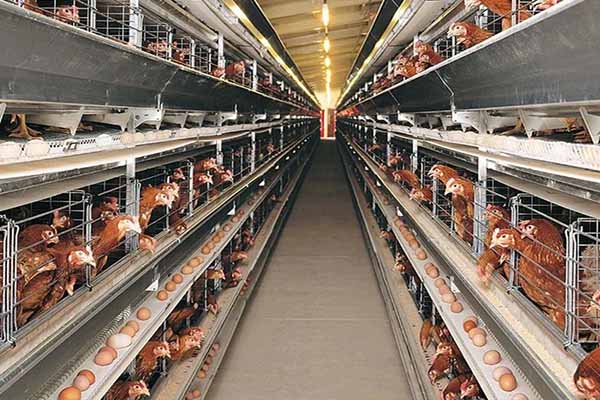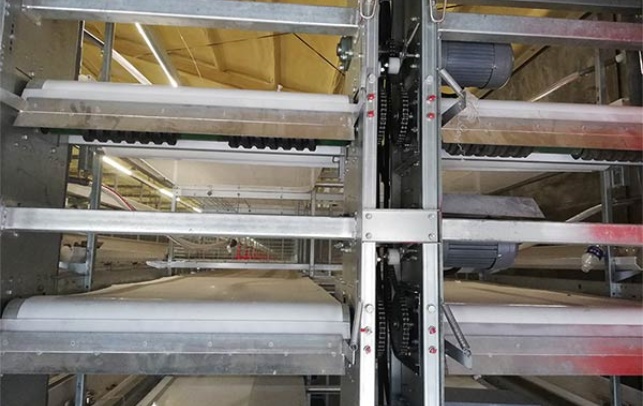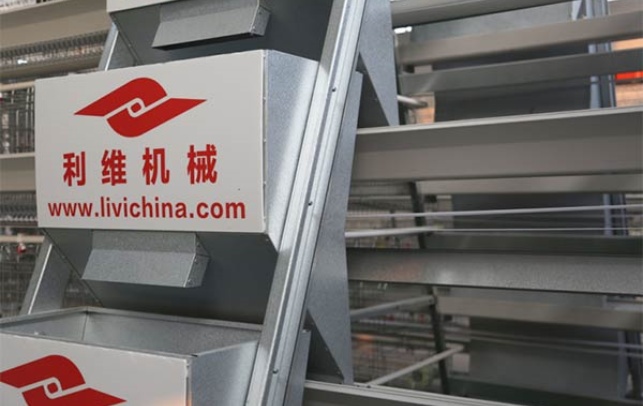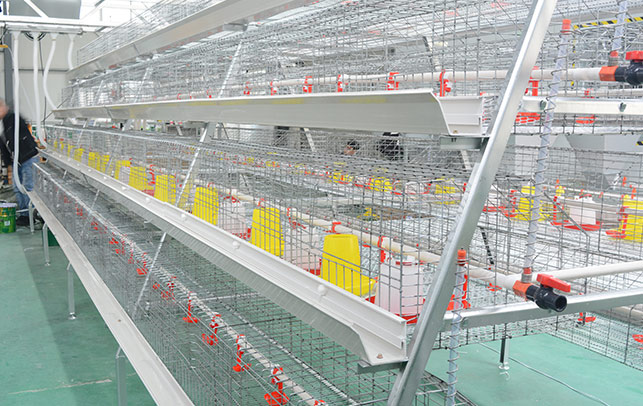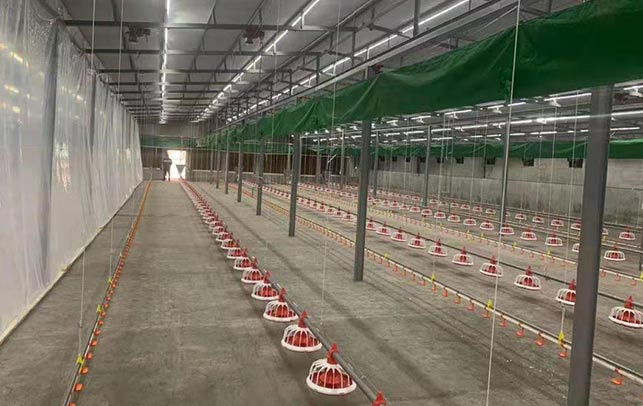Optimizing Your Poultry Houses in Kenya: A Comprehensive Guide
Time : 2025-05-13
In the vibrant agricultural landscape of Kenya, poultry farming has become a vital industry. Building efficient poultry houses is a cornerstone of successful poultry farming. In this article, we will delve into the essentials of constructing poultry houses in Kenya, providing you with practical advice, insights, and tips to ensure your venture thrives. So, let’s get started!
Understanding the Importance of Poultry Houses in Kenya
Poultry houses play a crucial role in poultry farming by creating a controlled environment for the birds. They offer protection against predators, harsh weather conditions, and diseases. By ensuring your poultry houses are well-constructed and properly managed, you can maximize the health and productivity of your flock.
Choosing the Right Location for Your Poultry House
The first step in building a poultry house is selecting the right location. Here are some key factors to consider:
1. Proximity to Feed Suppliers
Ensuring easy access to feed suppliers is crucial for the smooth operation of your poultry farm. Proximity to feed suppliers can significantly reduce transportation costs and ensure a steady supply of quality feed for your birds.
2. Accessibility to Markets
Being close to markets is vital for timely sales of your poultry products. This can help minimize waste and ensure maximum profitability.
3. Availability of Water
Access to a reliable water source is essential for keeping your poultry house clean and for the overall health of your birds. Water is needed for drinking, cleaning, and maintaining hygiene.
4. Zoning Laws
Before purchasing a plot, ensure it complies with local zoning laws. This will help you avoid any legal issues in the future.
Designing Your Poultry House
The design of your poultry house is crucial for creating an optimal environment for your birds. Here are some key aspects to consider:
1. Floor Plan
The floor plan should be well-thought-out to maximize space and functionality. Consider the size of your flock and ensure the house can accommodate all birds comfortably.
2. Lighting
Proper lighting is essential for the health and productivity of your birds. Natural sunlight is ideal, but artificial lighting can also be used. Ensure your poultry house has sufficient lighting to mimic daylight, which can enhance egg production.
3. Ventilation
Ventilation is critical for maintaining a healthy environment. Good ventilation helps to control temperature, humidity, and air quality, reducing the risk of disease outbreaks.
4. Roosting Systems
Roosting systems provide a comfortable place for your birds to rest. Consider the height and spacing of the roosts, ensuring they are easily accessible and comfortable for your birds.
5. Nests
Nests are necessary for egg-laying hens. Provide ample nesting boxes, ensuring they are well-ventilated and easy to clean.
Building Your Poultry House
When building your poultry house, consider the following tips:
1. Materials
Choose high-quality materials that are durable, weather-resistant, and easy to maintain. Consider using locally sourced materials to save costs and support the local economy.
2. Construction Standards
Ensure your poultry house meets the necessary construction standards and regulations in Kenya. This includes fire safety, structural integrity, and biosecurity measures.
3. Professional Help
If you are not experienced in construction, consider hiring professionals to ensure your poultry house is built correctly and efficiently.
Managing Your Poultry House
Once your poultry house is built, proper management is crucial for the success of your farm. Here are some key tips:
1. Biosecurity
Implement biosecurity measures to prevent the introduction and spread of diseases. This includes controlling access to the farm, using footbaths, and practicing good hygiene.
2. Environmental Control
Monitor temperature, humidity, and air quality regularly to maintain a healthy environment for your birds.
3. Feeding and Watering
Provide high-quality feed and fresh water at all times. Regularly monitor consumption and adjust feed rations as needed.
4. Health and Disease Prevention
Regularly monitor the health of your birds and implement vaccination programs to prevent diseases.
Conclusion
Building and managing poultry houses in Kenya can be a challenging yet rewarding endeavor. By following this comprehensive guide, you can create an optimal environment for your birds, maximizing their health and productivity. With careful planning, attention to detail, and proper management, your poultry farm can thrive in Kenya’s dynamic agricultural sector.
